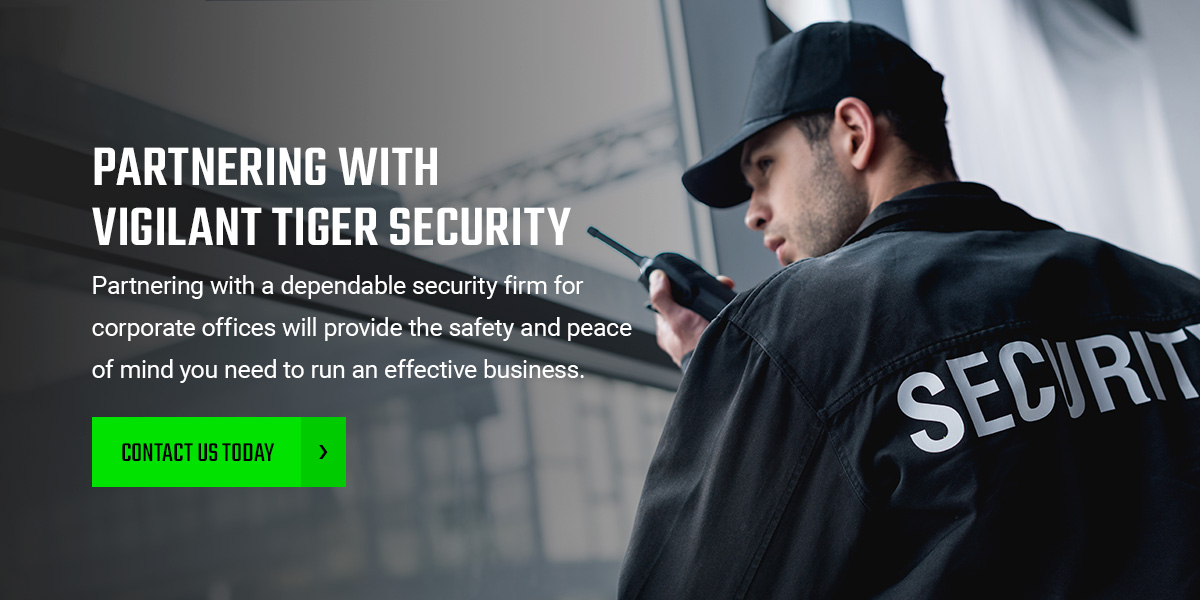Releasing the Power of Corporate Security: A Comprehensive Guide
Releasing the Power of Corporate Security: A Comprehensive Guide
Blog Article
From Cybersecurity to Physical Measures: Strengthening Company Safety in a Changing World
By incorporating the strengths of both cybersecurity and physical safety, companies can develop a thorough defense method that resolves the varied variety of dangers they deal with. In this conversation, we will certainly discover the altering danger landscape, the requirement to integrate cybersecurity and physical security, the execution of multi-factor verification procedures, the value of staff member understanding and training, and the adjustment of safety actions for remote labor forces. By checking out these vital locations, we will get beneficial understandings into exactly how organizations can strengthen their corporate security in an ever-changing globe.
Comprehending the Altering Threat Landscape
The developing nature of the modern-day globe necessitates a comprehensive understanding of the altering threat landscape for efficient company safety and security. It is critical for organizations to remain informed and adjust their safety and security measures to resolve these advancing hazards.
One trick aspect of recognizing the altering risk landscape is recognizing the various kinds of threats that organizations deal with. Cybercriminals are constantly establishing brand-new techniques to make use of vulnerabilities in computer system systems and networks. These risks can vary from malware and ransomware assaults to phishing frauds and social engineering strategies. In addition, physical dangers such as theft, vandalism, and business reconnaissance continue to be common issues for organizations.
Tracking and analyzing the risk landscape is crucial in order to recognize possible dangers and susceptabilities. This includes staying upgraded on the most recent cybersecurity patterns, examining danger intelligence reports, and carrying out regular danger evaluations. By comprehending the transforming danger landscape, organizations can proactively execute ideal safety and security measures to alleviate dangers and safeguard their assets, credibility, and stakeholders.
Integrating Cybersecurity and Physical Safety And Security
Integrating cybersecurity and physical protection is crucial for comprehensive company defense in today's electronic and interconnected landscape. As organizations increasingly depend on innovation and interconnected systems, the limits between physical and cyber hazards are ending up being blurred. To effectively guard versus these risks, a holistic approach that incorporates both cybersecurity and physical protection procedures is necessary.
Cybersecurity concentrates on shielding electronic properties, such as information, systems, and networks, from unauthorized access, interruption, and burglary. Physical safety and security, on the other hand, encompasses measures to safeguard physical properties, individuals, and facilities from susceptabilities and hazards. By integrating these two domain names, companies can attend to vulnerabilities and dangers from both digital and physical angles, therefore enhancing their total safety and security pose.
The integration of these 2 techniques permits for an extra extensive understanding of safety and security risks and allows a unified reaction to cases. For instance, physical accessibility controls can be improved by incorporating them with cybersecurity methods, such as two-factor verification or biometric recognition. Cybersecurity measures can be enhanced by physical safety steps, such as security video cameras, alarms, and safe and secure gain access to factors.

Applying Multi-Factor Verification Measures
As organizations progressively prioritize thorough protection steps, one reliable method is the execution of multi-factor authentication procedures. Multi-factor verification (MFA) is a protection method that needs customers to offer numerous types of identification to access a system or application. This strategy includes an added layer of protection by incorporating something the customer knows, such as a password, with something they have, like a finger print or a safety and security token.
By applying MFA, organizations can significantly improve their safety and security posture - corporate security. Standard password-based verification has its limitations, as passwords can be quickly jeopardized or forgotten. MFA alleviates these risks by including an additional verification aspect, making it harder for unapproved people to get accessibility to delicate information
There are numerous types of multi-factor authentication methods readily available, consisting of biometric verification, SMS-based verification codes, and equipment symbols. Organizations need to evaluate their details demands and select one of the most appropriate MFA remedy for their needs.
Nonetheless, the implementation of MFA should be thoroughly prepared and performed. It is important to strike an equilibrium in between protection and usability to prevent customer disappointment and resistance. Organizations ought to also take into consideration possible compatibility problems and provide adequate training and assistance to make certain a smooth change.
Enhancing Staff Member Understanding and Training
To strengthen business security, organizations should focus on enhancing staff member understanding and training. In today's rapidly evolving danger landscape, workers play a critical role in safeguarding a company's sensitive information and assets. Unfortunately, numerous safety violations take place due to human mistake or lack of recognition. For that reason, companies need to buy extensive training programs to enlighten their workers about prospective risks and the most effective techniques for minimizing them.
Reliable staff member awareness and training programs must cover a vast range of topics, including data security, phishing assaults, social design, password health, and physical safety and security actions. These programs ought to be customized to the specific needs and duties of different staff member functions within the organization. Normal training simulations, sessions, and workshops hop over to here can aid workers create the needed abilities and knowledge to identify and react to security hazards effectively.
In addition, companies must encourage a society of safety understanding and supply recurring updates and suggestions to keep staff members notified about the most recent dangers and mitigation strategies. This can be done with interior communication networks, such as e-newsletters, intranet websites, and email projects. By cultivating a security-conscious labor force, organizations can significantly lower the probability of protection incidents and safeguard their useful possessions from unapproved accessibility or compromise.

Adapting Security Actions for Remote Labor Force
Adapting company safety procedures to accommodate a remote labor force is vital in making certain the defense of delicate info and properties (corporate security). With the increasing pattern of remote job, companies need to apply proper protection actions to alleviate the threats connected with this new means of functioning
One essential element of adapting safety measures for remote work is developing safe communication channels. Encrypted messaging systems and digital exclusive networks (VPNs) can assist secure sensitive info and stop unauthorized accessibility. Furthermore, organizations need to impose the use of strong passwords and multi-factor authentication to enhance the safety and security of remote gain access to.
One more crucial consideration is the implementation of protected remote gain access to remedies. This involves giving employees with safe and secure accessibility to company sources and data through digital desktop infrastructure (VDI), remote desktop computer protocols (RDP), or cloud-based remedies. These technologies guarantee that sensitive information remains safeguarded while making it possible for employees to perform their duties properly.

Last but not least, thorough security awareness training is essential for remote workers. Educating sessions must cover ideal practices for safely accessing and handling sensitive details, determining and reporting phishing attempts, and maintaining the general cybersecurity health.
Conclusion
In verdict, as the hazard landscape continues to develop, it is important for organizations to reinforce their security gauges both in the cyber and physical domains. Integrating cybersecurity and physical protection, applying multi-factor authentication steps, and enhancing staff member recognition and training are essential steps in the direction of attaining durable company safety and security.
In this discussion, we will explore the transforming hazard landscape, the demand to incorporate cybersecurity and physical security, the application of multi-factor authentication procedures, the relevance website here of worker understanding and training, and the adjustment of safety and security steps for remote workforces. Cybersecurity steps can be matched by physical safety procedures, such as monitoring cams, alarm systems, and safe gain access to factors.
As companies progressively focus on comprehensive safety steps, one efficient strategy is the implementation of multi-factor verification actions.In conclusion, as the danger landscape continues to develop, it is critical for organizations to enhance their protection measures both in the cyber and physical domains. Integrating cybersecurity and physical safety and security, implementing multi-factor authentication procedures, and enhancing employee understanding and training are essential actions in the direction of accomplishing durable corporate safety.
Report this page